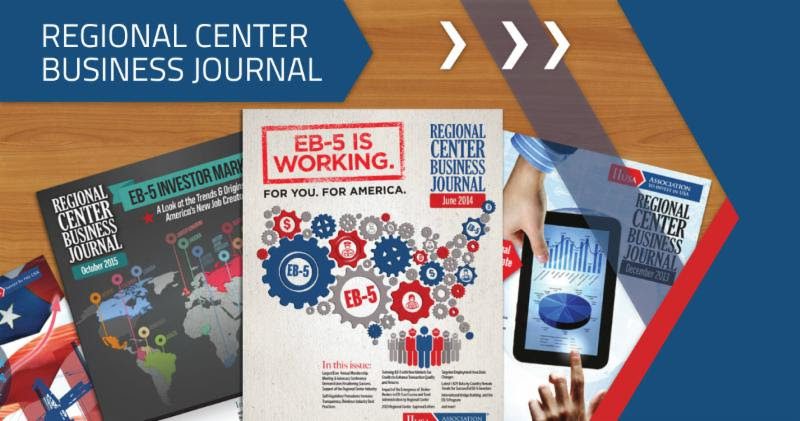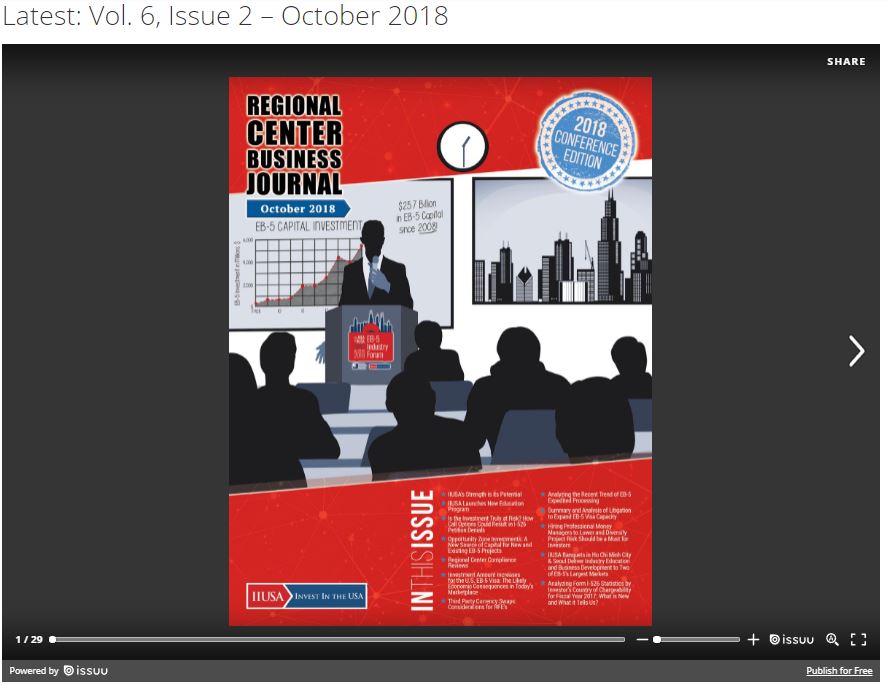by Scott W Barnhart, PhD; Associate Professor of Finance Florida Atlantic University and President, Barnhart Economic Services, LLC
Recent proposals for increasing the minimum investment amount for the U.S. EB-5 visa from the current $500,000 and $1,000,000 amounts for TEA and non-TEA projects, respectively, have been the subject of much debate. Proposed legislation by Senators Grassley or Cornyn would raise the minimum investment amounts to $800,000 and $1,000,000, or $800,000 and $925,000, while the proposal from the Department of Homeland Security would raise them to $1,350,000 and $1,800,000. The proposals stem mainly from the perceived need to adjust the investment amount for inflation, as the current amounts have not been adjusted since the program’s inception, some 28 years ago. It should also be noted that all of the proposals above impose such high hurdles to qualify for the lower TEA amount that in effect the higher investment amounts above seem as a practical matter more likely to become the market standard.
Some in the industry argue that raising the investment amounts will reduce the number of I-526 petition submissions but may increase the total capital coming to the U.S. due to the larger minimum amount and the inelasticity of demand for the EB-5 visa (see definition below). Thus, more EB-5 capital may result from fewer investors, thereby increasing the job buffer for projects (as long as job requirements don’t increase) and reducing the administrative burden as fewer I-526 petitions are being processed. Others, particularly immigration agents from countries with emerging markets for EB-5, argue that substantial investment amount increases will eviscerate an already fragile (if not significantly declining) market for employment-based visas, where retrogression has severely reduced demand.
Addressing these issues, this article reviews the concepts of supply and demand and elasticity, i.e., the responsiveness of quantity demanded or supplied to a change in price. The article uses these concepts to analyze the past and current supply/demand conditions in the market for EB-5 visas, and the likely consequences of the proposed investment amount (price) increases. The discussion starts with the fact that the current EB-5 market is in a state where quantity demanded exceeds quantity supplied due to strong demand and a government enforced restricted supply that has resulted in an EB-5 cap that has been reached annually since 2014. The article then addresses the effects of retrogression (backlogs in visa availability), which has severely reduced (especially Chinese) demand for EB-5 visas, resulting in the possibility that in 2018 the market may experience an excess supply situation, and the potential effects of increasing the investment amounts to levels proposed above. Finally, it briefly discusses the effects of an alternative interpretation of the visa quota, wherein the 9,940 EB-5 visas available annually would be allocable to investors alone, excluding accompanying family members.










